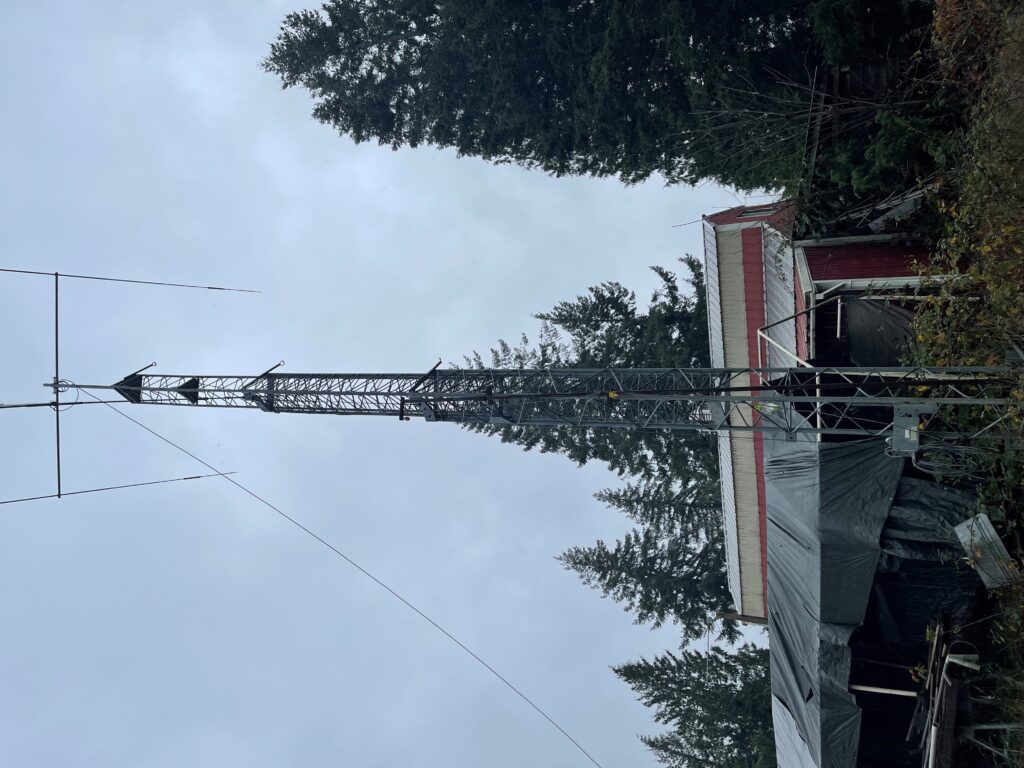Tad Cook, K7RA, Seattle, reports: New sunspot groups appeared on February 17, 19, 20, and 21, but solar activity declined, even though sunspots were covering the sun every day.
The average daily sunspot number declined by 21 points, from 75.3 last week to 54.3 in the February 17-23 reporting week. Average daily solar flux was down by nearly 15 points, from 110.1 to 95.4.
The average daily planetary A index went from 13 to 9.6, and the average daily middle latitude A index was off by a point to 7.3.
Predicted solar flux is 100 on February 24; 105 on February 25 – March 2; 110 on March 3 – 4; 108 on March 5 – 8; 105 on March 9 – 11; 103 on March 12 – 13; 100 on March 14; 98 on March 15 – 16; 102 on March 17 – 19; 104 on March 20 – 22; 108 on March 23 – 26; 110 on March 27; 115 on March 28 – 29, then 112 and 110 on March 30 – 31.
Predicted planetary A index is 5 on February 24 – 25; 10 on February 26; 8 on February 27 – March 2; 12, 15, 10, and 8 on March 3 – 6; 5 on March 7 – 10; 15, 12, and 10 on March 11 – 13; 5 on March 14 – 18; then 8, 5, 12, 18, 15, and 10 on March 19 – 24; 5 on March 25 – 29, and 12, 15, 10, and 8 on March 30 – April 2.
Sunspot numbers for February 17 – 23 were 103, 53, 51, 49, 48, 38, and 38, with a mean of 54.3. The 10.7 – centimeter flux was 96.7, 93.3, 95.7, 93.3, 97.8, 95.3, and 95.5, with a mean of 95.4. Estimated planetary A indices were 5, 6, 9, 13, 12, 16, and 6, with a mean of 9.6. Middle latitude A index was 4, 5, 6, 8, 11, 13, and 4, with a mean of 7.3.
A comprehensive K7RA Solar Update is posted Fridays on the ARRL website. For more information concerning radio propagation, visit the ARRL Technical Information Service, read “What the Numbers Mean…,” and check out the Propagation Page of Carl Luetzelschwab, K9LA.
A propagation bulletin archive is available. For customizable propagation charts, visit the VOACAP Online for Ham Radio website.
Share your reports and observations.
